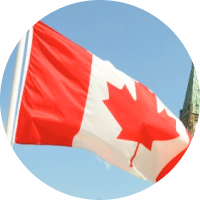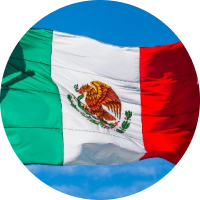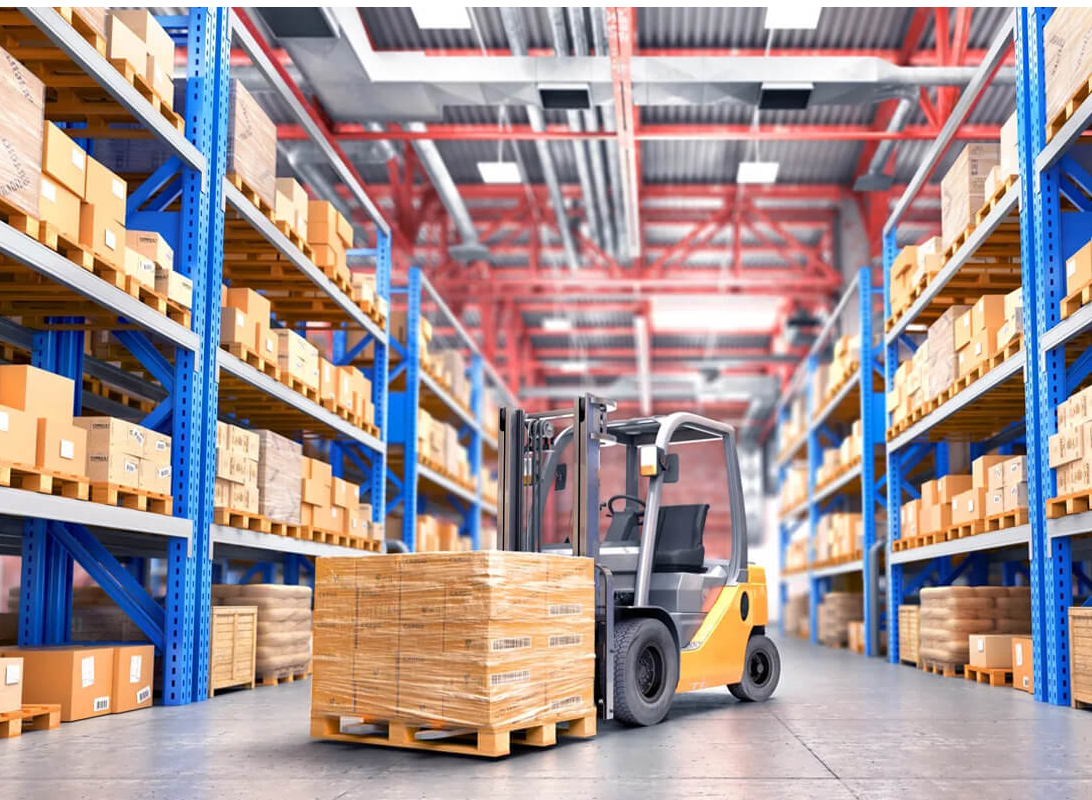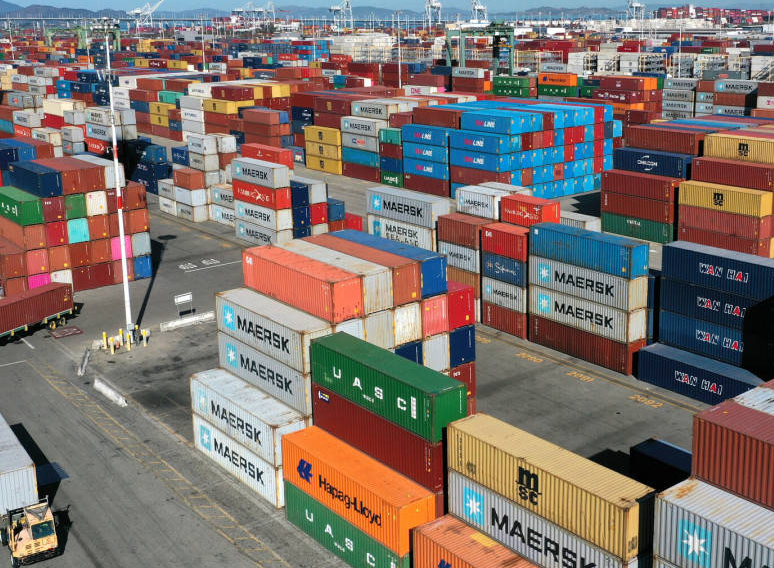Premier FBA Freight Solutions Await!
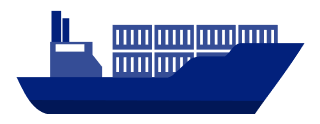
Ocean Freight
Our services cater to both less-than-container
load (LCL) and full-container load
(FCL) shipments, accommodating the varying
requirements of small businesses and large
enterprises alike.

Air Freight
we provide reliable, swift, and secure air
transport solutions tailored to meet the unique
demands of your business. Whether it's urgent
cargo, high-value goods, or time-sensitive
shipments, our air freight service ensures your
products reach their destination with optimal
efficiency and safety.

Express Shipping
Designed to cater to time-sensitive deliveries,
our express options ensure that your goods
reach their destination swiftly and securely,
maintaining the integrity and timely delivery
that your business relies on.

Customs Brokerage
We offer comprehensive clearance services,
seamlessly handling every aspect of the
customs clearance process for you, from
preparing documents and classifying tariffs to
calculating and paying duties.

Warehousing
We will store your goods on a short or long term
basis until they are needed. We handle
fulfillment, Amazon FBA prep, and even have
pick and pack services.

Cargo Insurance
Our Cargo Insurance services are designed to
offer comprehensive protection for your
shipments, ensuring that your business is
safeguarded against losses or damages incurred
during transport, whether by air, sea, or land.
Forwarder
Expertise in Amazon FBA
Requirements
Auto specializes in navigating the complex
requirements of Amazon FBA, ensuring that
your shipments are compliant with
Amazon's policies. This expertise minimizes
the risk of delays or rejections at Amazon
fulfillment centers, ensuring smooth
operations.
Strategic Location and
Network
With its strategic presence in China and a
robust network of partners and carriers,
Auto ensures competitive rates and reliable
shipping options for both air and ocean
freight. This network enables efficient
handling of your shipments and flexibility in
logistics planning.
Customized Shipping
Strategies
Recognizing that every business has unique
needs, Auto provides tailored logistics
strategies.
Whether you need cost-effective
ocean freight for large shipments or fast air
freight for
high-value items, Auto
can customize a shipping solution that matches
your specific
requirements.
Transparent Pricing
Our commitment to transparent pricing
means that all costs are communicated
upfront. This approach ensures that you
won't encounter unexpected fees or
surcharges after you've committed to a
service. What we quote is what you pay, no
any hidden fees.
Cost-Efficiency and Time-
Savings
By optimizing logistics operations and
leveraging their expertise, Auto can offer
cost
savings and reduce the time your goods
spend in transit. This efficiency supports
your
bottom line and helps maintain a
competitive edge in the market.
Advanced Tracking and
Customer Support
Offering real-time tracking and dedicated
customer support, Auto keeps you informed
about the status of your shipments and
provides assistance whenever you need it.
This transparency and support ensure peace
of mind throughout the shipping process.
Figures of Freight Success
Auto Shipping continues to set the standard for reliability and innovation in
freight forwarding, ensuring that we not only meet
but exceed the expectations of our valued
customers.

20 years Freight
Forwarding Experience

Self-Operated 3500㎡ US
Overseas Warehous

Self-Operated 3200m²
Toronto Overseas Warehouse

10K+ E-commerce
Seller Client
YOUR FBA
OPERATIONS?
logistics and freight forwarding solutions tailored to
your needs. Whether you have questions about our
services, need assistance with a current shipment, or
want to discuss your future logistics requirements, our
team is ready and eager to assist you.
*Full Name
*Query/Comment
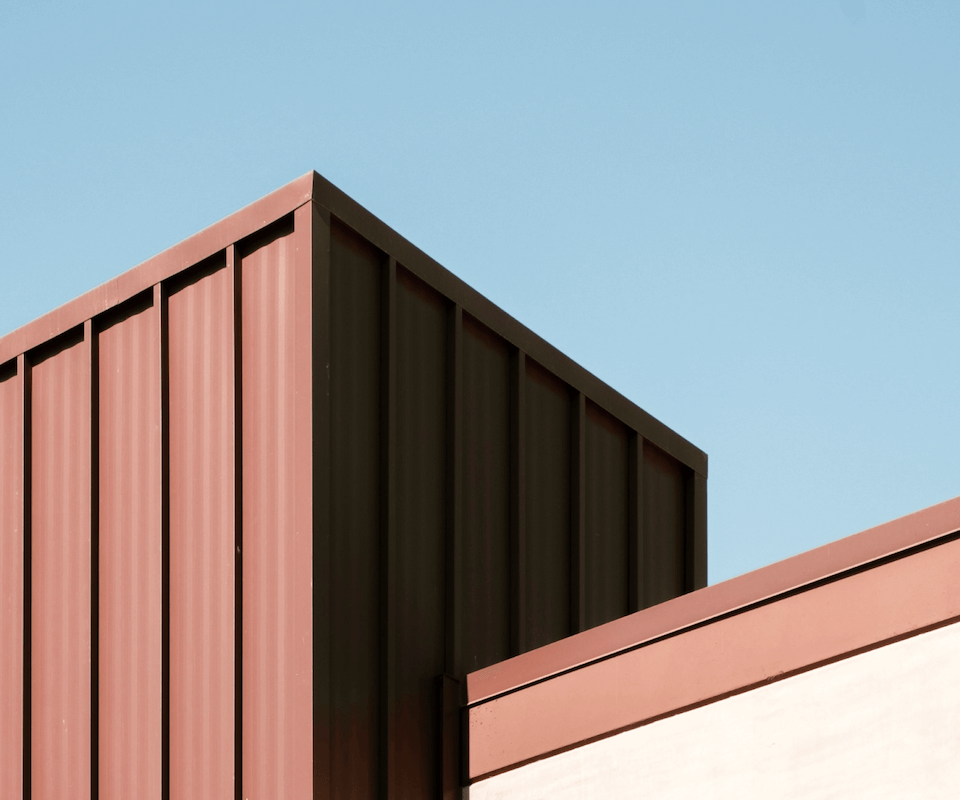
Your Ecommerce Supply Chain Specialist

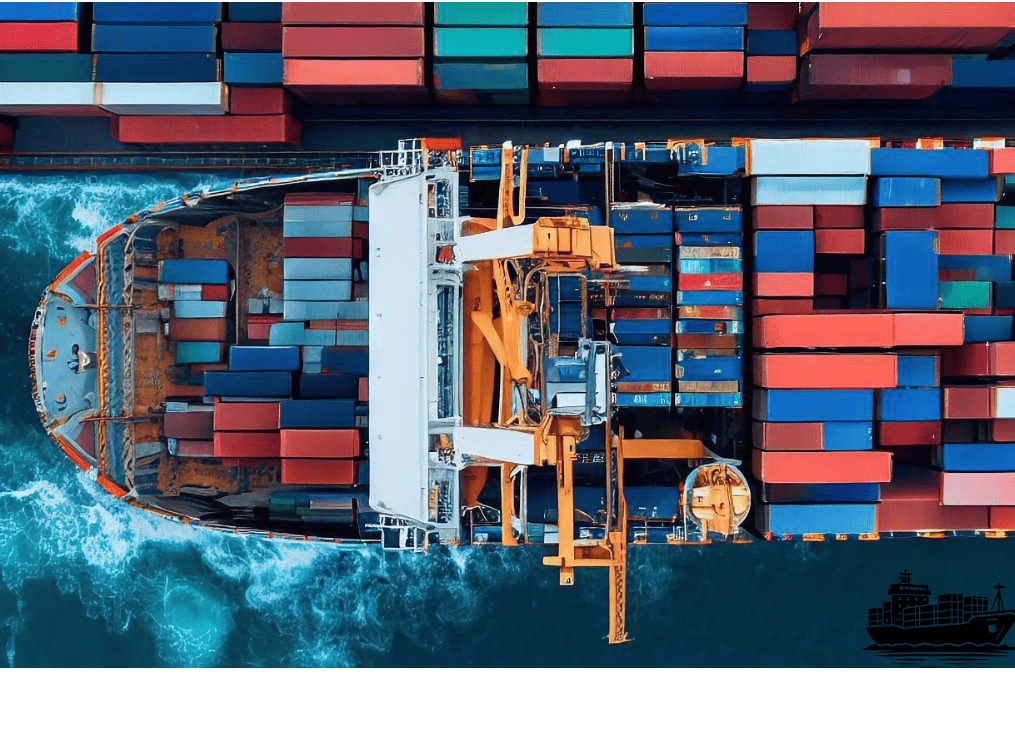
How to Calculate Taxes for FBA Ocean Freight First Leg
Navigating tax calculations for FBA ocean freight shipments remains one of the most critical yet challenging aspects of global e-commerce. Import duties and fees can account for 15-30% of total logistics costs, directly impacting profit margins and pricing strategies.Many sellers underestimate the complexity of customs compliance, particularly when dealing with multi-country regulations and frequent tariff updates. A single HS code misclassification can trigger audits, delayed shipments, or penalties exceeding 50% of product value.This guide addresses these pain points through a systematic approach to tax management. We’ll explore practical strategies for balancing compliance requirements with cost optimization, supported by real-world examples and actionable tools.Product Classification via HS CodesAccurate HS code assignment forms the foundation of tax calculations. These 6-10 digit codes, standardized across 200+ countries, determine both duty rates and eligibility for trade agreements like USMCA.Common classification errors include misidentifying material compositions (e.g., organic vs synthetic fabrics) or functional attributes (e.g., electrical vs mechanical components). Luxury goods and electronics face particularly stringent scrutiny, with error rates exceeding 22% according to CBP data.Pro Tip: Use the USITC’s official Harmonized Tariff Schedule database rather than third-party tools for definitive code verification.Channel Selection – Tax-Inclusive vs Self-TaxTax-inclusive shipping channels simplify logistics by bundling duties into all-inclusive rates. Major providers like Flexport typically charge $3.50-$5.00 per kg for this service, ideal for sellers prioritizing predictability over cost control.Self-tax channels require direct payment to customs authorities but offer 10-25% potential savings through duty drawback programs. This option suits high-volume shippers with dedicated compliance teams, though it increases administrative workload by 15-20 hours monthly.Establishing the Tax BaseCustoms valuation follows strict hierarchy:Transaction value of imported goodsIdentical goods valueSimilar goods valueDeductive value (resale price minus costs)Computed value (production cost + profit)Example: A $50,000 machinery shipment with $8,000 freight costs would have a $58,000 tax base. If customs disputes the declared value, they might reference identical goods sold at $65,000, increasing taxable value by 12%.Applying Tax Rates and Additional FeesBase duty rates range from 0% (books) to 37.5% (certain footwear), with notable exceptions:Section 301 tariffs: Up to 25% on Chinese-origin goodsAnti-dumping duties: 75-250% on specific steel/aluminum productsMPF (Merchandise Processing Fee): 0.3464% of declared value (min $29.22)State-specific requirements add complexity – California charges 7.25% sales tax on commercial imports, while Oregon imposes none.Thresholds and Compliance ConsiderationsWhile the US de minimis threshold stands at $800 for personal imports, FBA shipments automatically qualify as commercial entries regardless of value. Bond requirements apply for frequent importers:Single Entry Bond: $100-$500 per shipmentContinuous Bond: 10% of annual duties (min $500)Maintain 7-year records of commercial invoices, bills of lading, and duty payments to satisfy CBP audit requirements.Tools for SimplificationAutomated solutions reduce calculation errors by 40-60%:Amazon’s Duty Calculator: Integrated with Seller Central accountsDescartes CustomsInfo: $299/month for advanced classificationZencargo’s Landed Cost Calculator: Real-time tariff updatesThird-party logistics providers like DHL and FedEx offer free landed cost estimates with shipping quotes.ConclusionEffective tax management in FBA ocean freight requires transforming regulatory compliance from a cost center into strategic advantage. By implementing robust classification protocols and leveraging automation tools, sellers achieve both legal compliance and cost efficiency.Regular monitoring of trade policy changes proves essential – subscribe to CBP’s CSMS notifications and review USITC tariff databases quarterly. For high-risk shipments, consider pre-clearance services through certified brokers like Livingston International.Ultimately, the 8-12 hours invested in mastering these tax principles can yield annual savings of $15,000-$50,000 for mid-sized sellers. This financial advantage, coupled with reduced shipment delays, creates sustainable growth in competitive cross-border markets.
Learn more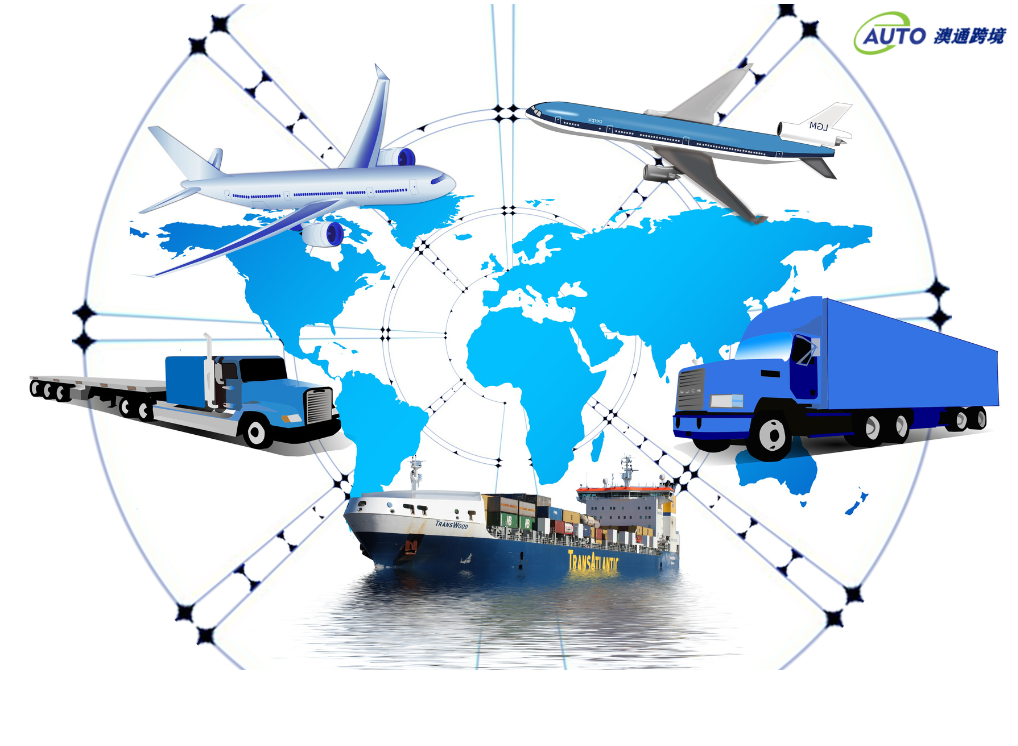
Non-DDP FBA Ocean Shipping: Customs & Tax Guide
For Amazon sellers using non-DDP (Delivery Duty Unpaid) ocean shipping, managing customs clearance and taxes can feel overwhelming. Unlike DDP (Delivery Duty Paid) services, non-DDP shifts compliance responsibilities to the seller, requiring meticulous preparation and knowledge of international trade rules. This guide breaks down the process into actionable steps, helping you avoid delays, fines, and unexpected costs while ensuring smooth delivery to FBA warehouses.Step 1: Document PreparationSuccessful customs clearance starts with accurate paperwork. Essential documents include:A commercial invoice detailing product descriptions, prices, and Incoterms (e.g., FOB).A packing list specifying box weights, dimensions, and contents.A bill of lading issued by the shipping carrier.Product-specific certifications (e.g., FDA for food or FCC for electronics).Verified HS codes (6–10 digits) to determine duty rates.In the U.S., submit an Importer Security Filing (ISF) 24 hours before shipment loading. Missing or incorrect documents can trigger customs holds or fines.Step 2: Duty and Tax CalculationsTax liabilities depend on two components:Customs duties: Calculated as (product value + shipping + insurance) × duty rate (based on HS codes). For example, plastic goods (HS 3926.90) face a 3.4% U.S. duty rate.Additional fees:In the U.S., pay a 0.3464% Merchandise Processing Fee (MPF).In Europe, Value-Added Tax (VAT) ranges from 15% to 27% of the CIF (cost, insurance, freight) value.Always verify duty rates using official customs databases before shipping.Step 3: Risk Mitigation StrategiesAvoid common pitfalls:HS code disputes: Provide product composition details or manufacturing processes to support classifications. Request a binding ruling from customs (e.g., CBP Ruling in the U.S.) for high-value goods.Undervaluation audits: Declare at least 65–70% of the Amazon listing price. Customs may use platform prices to reassess undervalued shipments.Port delays: Schedule trucking and FBA appointments early. Most ports allow 5 free days for container pickup before charging demurrage fees (e.g., $150/day in Los Angeles).Step 4: Cost-Saving OpportunitiesOptimize expenses with these methods:Duty exemptions: Leverage trade agreements like USMCA for goods produced in Mexico or Canada.VAT deferral: In Europe, delay VAT payments by registering a local tax number.Bulk filings: Consolidate multiple shipments into one customs entry to reduce processing fees (e.g., U.S. MPF drops to $27.75 per filing).Step 5: Post-Clearance LogisticsAfter customs approval:Arrange drayage to Amazon warehouses within the free demurrage period.Secure FBA delivery appointments via Seller Central, especially during peak seasons.Verify FNSKU labels to prevent warehouse rejections. Mislabeled items incur $50+ remediation fees.FAQsHow long does customs clearance take?Simple declarations take 1–3 days. Complex items or inspections may extend this to 5–10 days.What if duties are overcharged?File an appeal within 90 days (use CBP Form 19 in the U.S.).How to handle rejected shipments?Choose between re-exporting (costly) or local destruction (requires environmental permits). Purchase abandonment insurance beforehand.ConclusionNon-DDP shipping offers cost savings but demands attention to detail. Start with small shipments and consider hybrid solutions like “customs-cleared non-DDP” services, where agents handle paperwork while you pay actual taxes. For high-volume sellers, transitioning to DDP can streamline operations as sales grow.Pro Tip: Regularly review customs updates and collaborate with China freight forwarders and local brokers who specialize in Amazon-bound cargo. By mastering these steps, you’ll minimize risks, reduce costs, and build a resilient supply chain for global expansion – from factory floors in Shenzhen to FBA warehouses worldwide.
Learn more
How to Choose the Right Packaging Materials for Amazon FBA
As an Amazon seller, I’ve learned the hard way that packaging can make or break your FBA business. Let me share exactly how to select materials that protect your products, pass Amazon’s strict checks, and keep costs under control—based on seven years of trial-and-error experience. Partnering with a trusted china freight forwarder early in the process can also streamline your supply chain, ensuring materials meet both Amazon’s standards and international shipping regulations.Thermal Printers & LabelsEvery seasoned seller knows this truth: poor-quality labels lead to warehouse rejections . I recommend investing in a commercial-grade thermal printer like the Rollo Wireless. Pair it with 4x6 inch thermal labels that meet Amazon’s 300 dpi resolution requirement. For product labels, use either 2x1 inch or 3x1 inch sizes, and always opt for waterproof polyester labels—they survive humidity 3x longer than paper alternatives.Master Carton SpecificationsLast month, a client’s 60.5 cm carton triggered Amazon’s oversized penalty. Here’s the golden rule: never exceed 60 cm on any side for standard shipments . Use double-walled corrugated boxes with 32 ECT strength ratings. For U.S.-bound shipments, include a 2x2 inch “Made in China” label in permanent ink—not stickers. Pro tip: Source boxes with pre-printed FBA compliance marks to speed up receiving.FBA LabelingYour product labels need military-grade durability. I’ve tested 12 materials and found that synthetic polyester labels with permanent acrylic adhesive withstand:-20°C warehouse freezers48-hour salt spray tests (simulating ocean shipping)100+ rubs with isopropyl alcoholFor outer boxes, use 4x4 inch labels placed 5 cm from the top edge. Always leave 1.5 cm clearance around barcodes—Amazon’s scanners need this breathing room.Packaging TapeThrough infrared scans at Amazon fulfillment centers, I discovered that taped seams must cover 70-80% of box length . Use 2-inch clear polypropylene tape with 60+ pound tensile strength. Avoid colored tapes—they trigger unnecessary customs inspections. My go-to: 3M’s Box Sealing Tape 371+, which bonds in 30 seconds flat.Cushioning MaterialsBubble wrap thickness matters more than you think:3/16” for lightweight items (apparel, books)5/16” for moderate protection (electronics, ceramics)1/2” for heavy/fragile goods (machine parts, glass)For eco-conscious sellers, consider cornstarch-based packing peanuts that dissolve in water. They provide comparable protection to Styrofoam but decompose in 90 days.Fillers & Void ReductionAmazon’s dimensional weight pricing punishes empty space. Use automatic air pillow systems that fill voids within 2 seconds—I recommend the PadPox M1 for small operations. For manual packing, hexagonal paper fillers prevent shifting better than shredded material. Always maintain 5 cm of cushioning on all sides.SustainabilityUpgrade to FSC-certified boxes with 90% post-consumer waste content. My clients report 18% higher customer satisfaction scores when using plant-based inks for printing. For moisture-sensitive items, switch to seaweed-based barrier films—they block humidity as effectively as plastic but decompose in compost bins.Compliance TestingConduct three crucial tests before shipping:Drop Test : From 1.2 meters onto concrete (simulates belt drops)Vibration Test : 3 hours at 5-500 Hz frequency (mimics truck transport)Compression Test : 200 lbs force for 1 hour (stacking simulation)Invest in a $250 digital force gauge to measure cushioning effectiveness—it pays for itself by preventing just two damaged returns.Cost-Saving Strategies That Actually WorkNegotiate with suppliers using these proven tactics:Order 6-month supplies during Q1 (manufacturers offer 12-15% discounts)Combine orders with 3 other sellers to hit higher MOQ tiersSwitch to regional paper mills—local sourcing cuts freight costs by 40%FAQsCan I reuse Amazon’s packaging materials?Only if you completely remove all previous labels, tape, and markings. Residual glue traces cause 73% of reused box rejections.How often do packaging requirements change?Amazon updates guidelines quarterly. Subscribe to their Packaging News digest and set Google Alerts for “FBA rule changes.”What’s the biggest hidden packaging cost?Dimensional weight charges. Use slimmer boxes—reducing carton size by 20% typically saves 18-22% in shipping fees.Are custom-printed boxes worth the investment?Only for products over $50 retail price. Below that threshold, stick to stock boxes with insert cards.Final Checklist Before Shipping :✓ Verified box dimensions with digital calipers✓ Tested labels with alcohol wipe & freeze test✓ Confirmed cushioning meets ISTA 3A standards✓ Removed all non-Amazon barcodes/logo
Learn more
